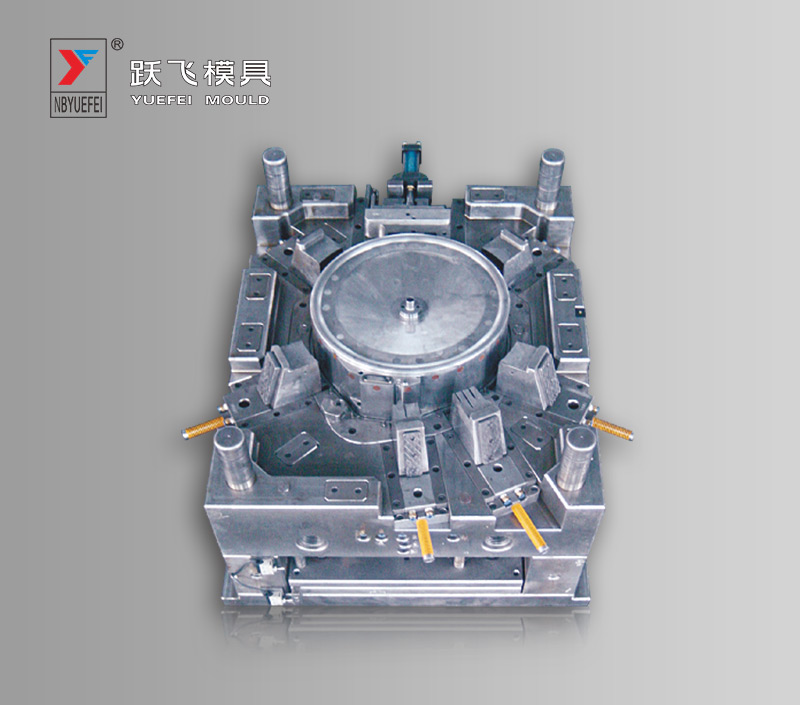Corrosion failure
(1) Surface corrosion.
Mechanical seals will cause surface corrosion due to the erosion of corrosive media, and may cause corrosion penetration in severe cases.
(2) Pitting corrosion.
Large-scale or regional pitting corrosion often occurs in spring sleeves, and some lead to perforation. Although such localized corrosion does not have serious consequences for the use of the seal, it should also be replaced during major repairs.
(3) Intergranular corrosion
The tungsten carbide ring stainless steel ring seat is connected by brazing, and the stainless steel seat is prone to intergranular corrosion during use. In order to overcome the influence of sensitization, the stainless steel should be solution treated.
(4) Stress corrosion cracking
Under the combined action of stress and medium corrosion, metal connecting pipes, bearings, springs, etc. will crack.
(5) crevice corrosion. Growing corrosion is caused by crevice leakage due to the difference in medium concentration.
(6) Electrochemical corrosion. The metal used in the seal undergoes an electrochemical reaction due to the medium of the working environment, causing the seal to fail.

High temperature failure
When the temperature in the seal cavity is as high as 150°C, some problems may occur with the mechanical seal:
1. The thermal deformation and thermal cracking of the friction pair of the sealing ring used in pairs means that the material corrodes and wears faster and fails.
2. The sealing ring will fail due to high temperature aging, hardening, cracking and other phenomena when it exceeds the required temperature.
3. The carbon-graphite form of the sealing ring may cause carbonization to cause leakage and seal failure.
4. For devices with springs, they may fail at high temperature.
5. The frictional heat generated during operation causes local temperature changes, and if there is no reasonable flushing control, the confidential parts will fail.
- Tel:0086-574-65332667
- E-mail:business@yfmould.com
- China Plastic Automotive Mould Manufacturers


 English
English 简体中文
简体中文 Español
Español Deutsche
Deutsche















